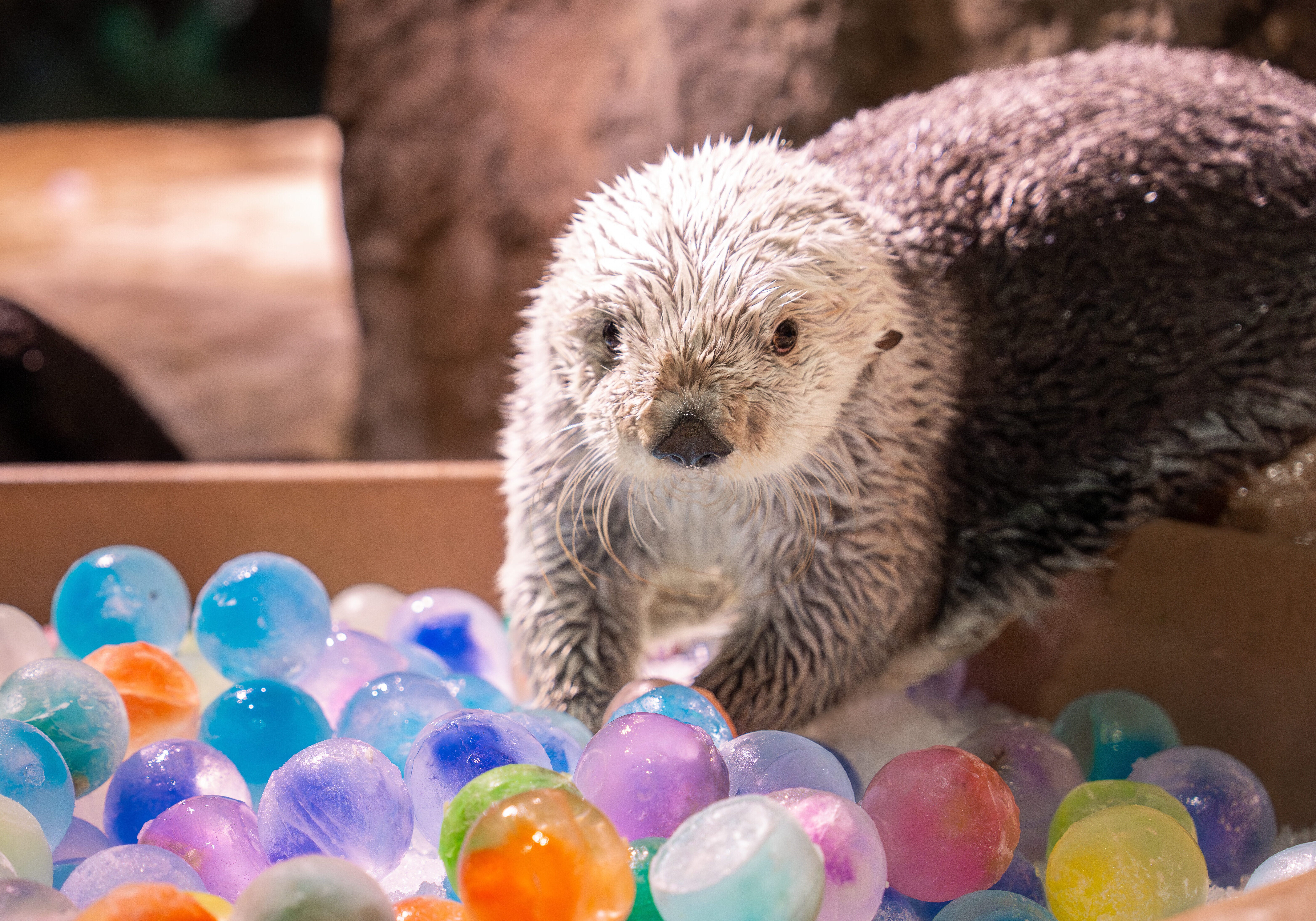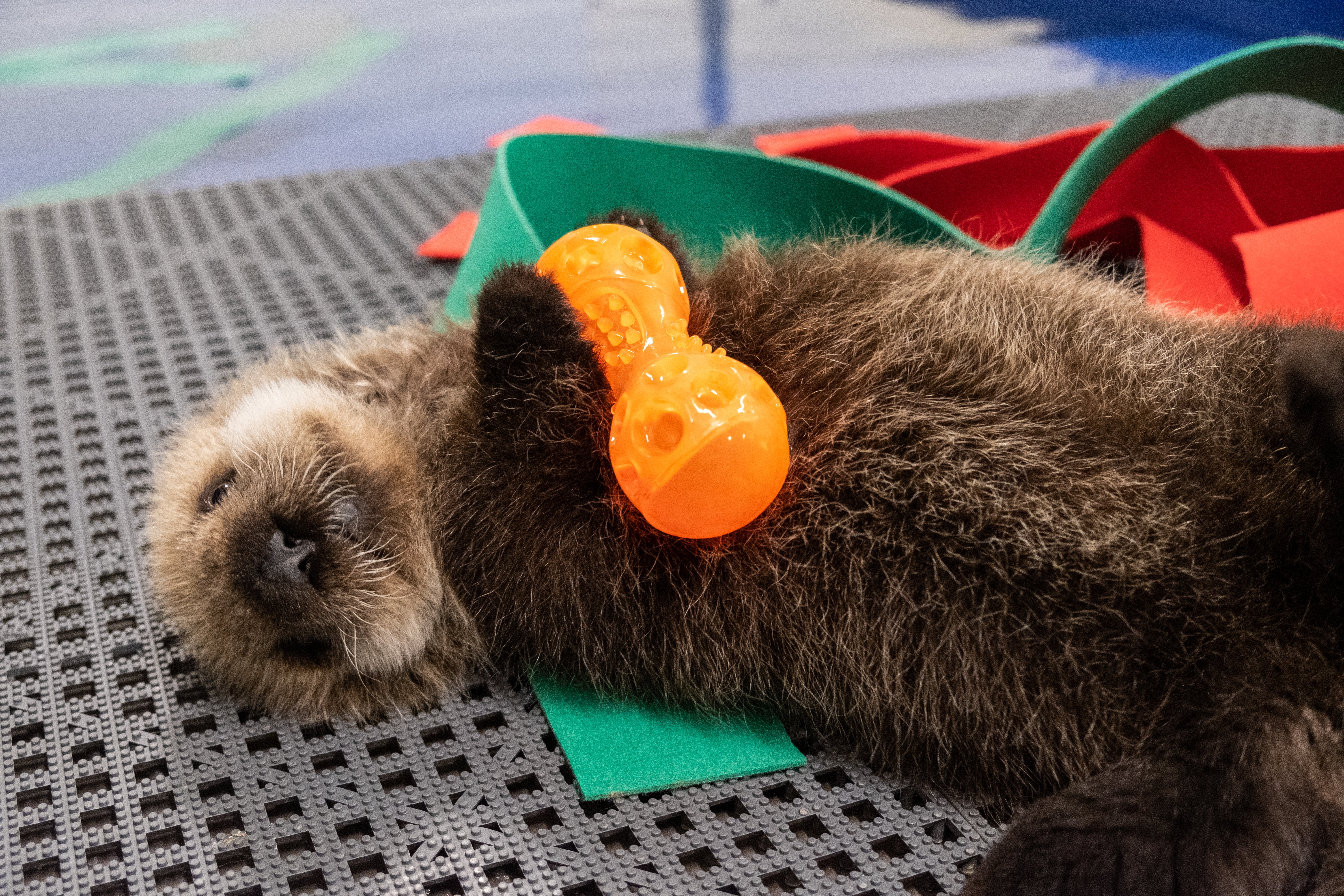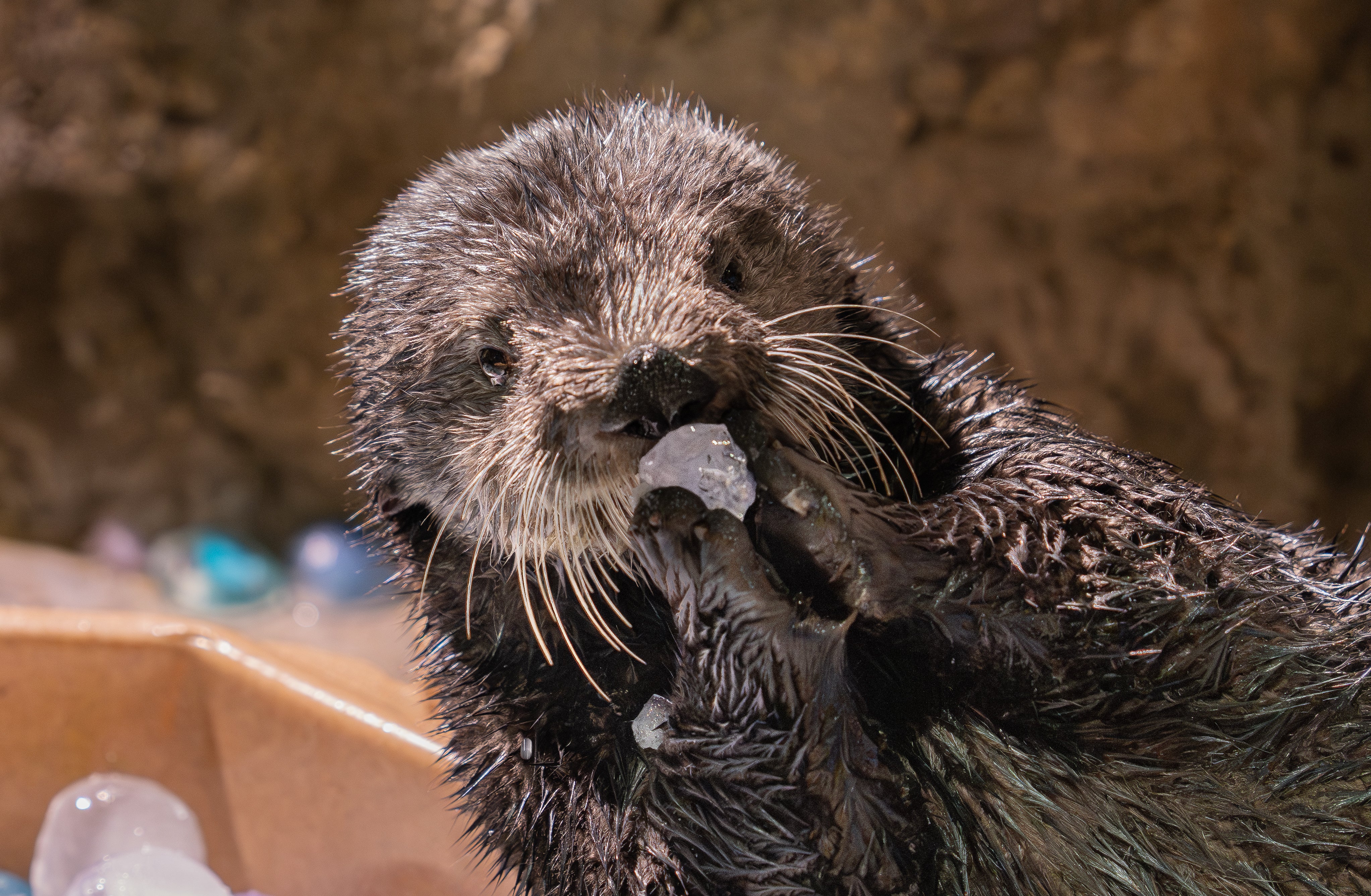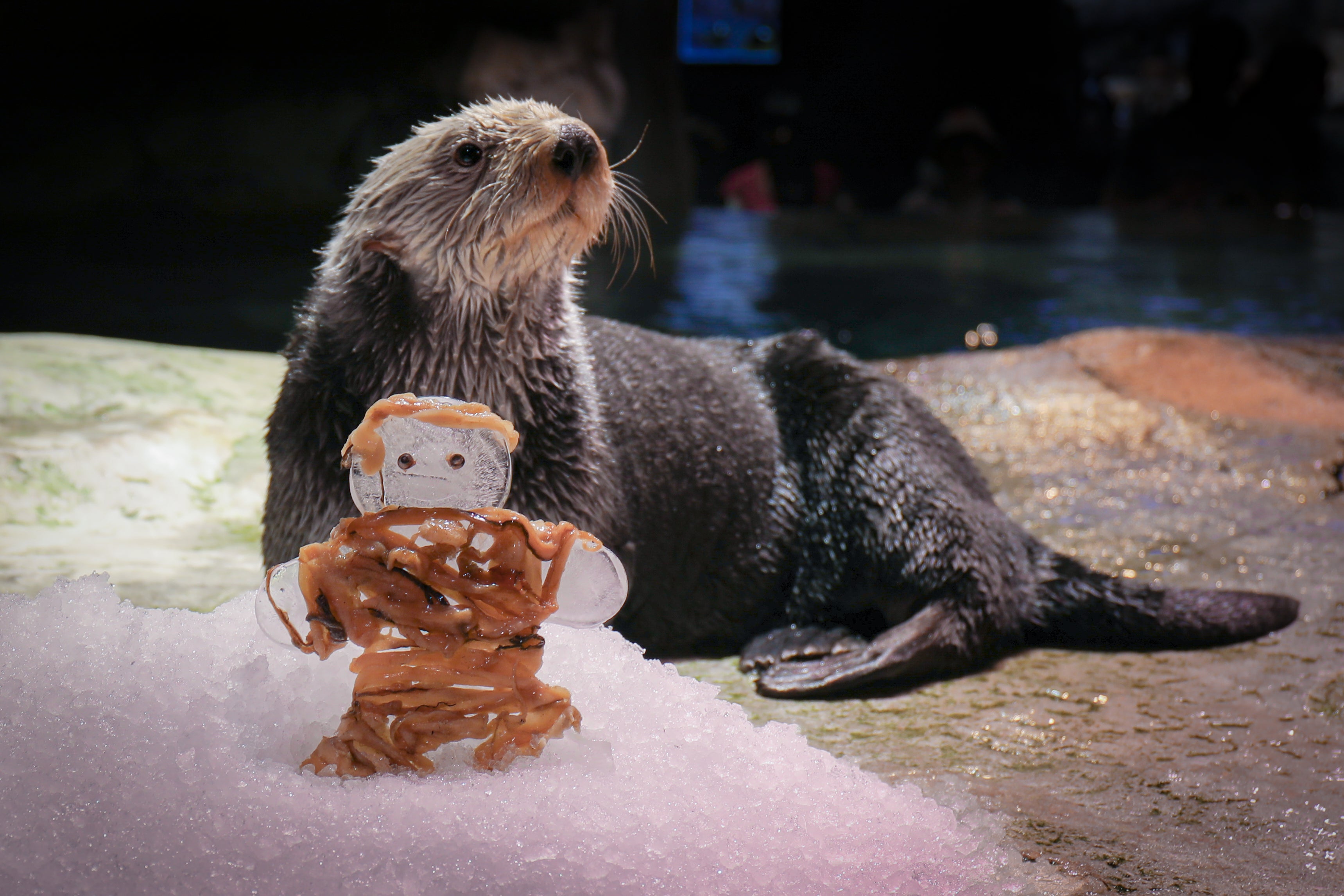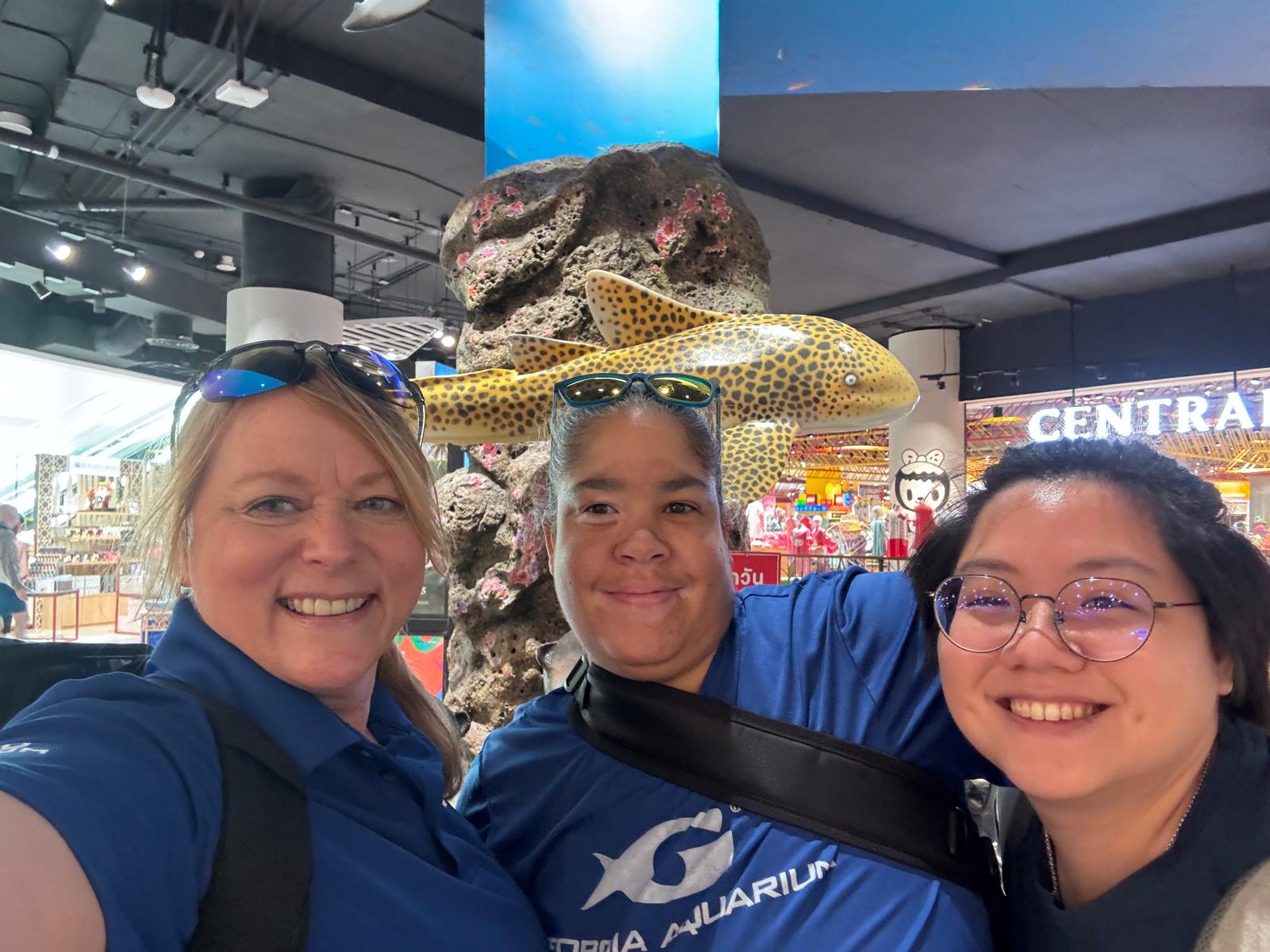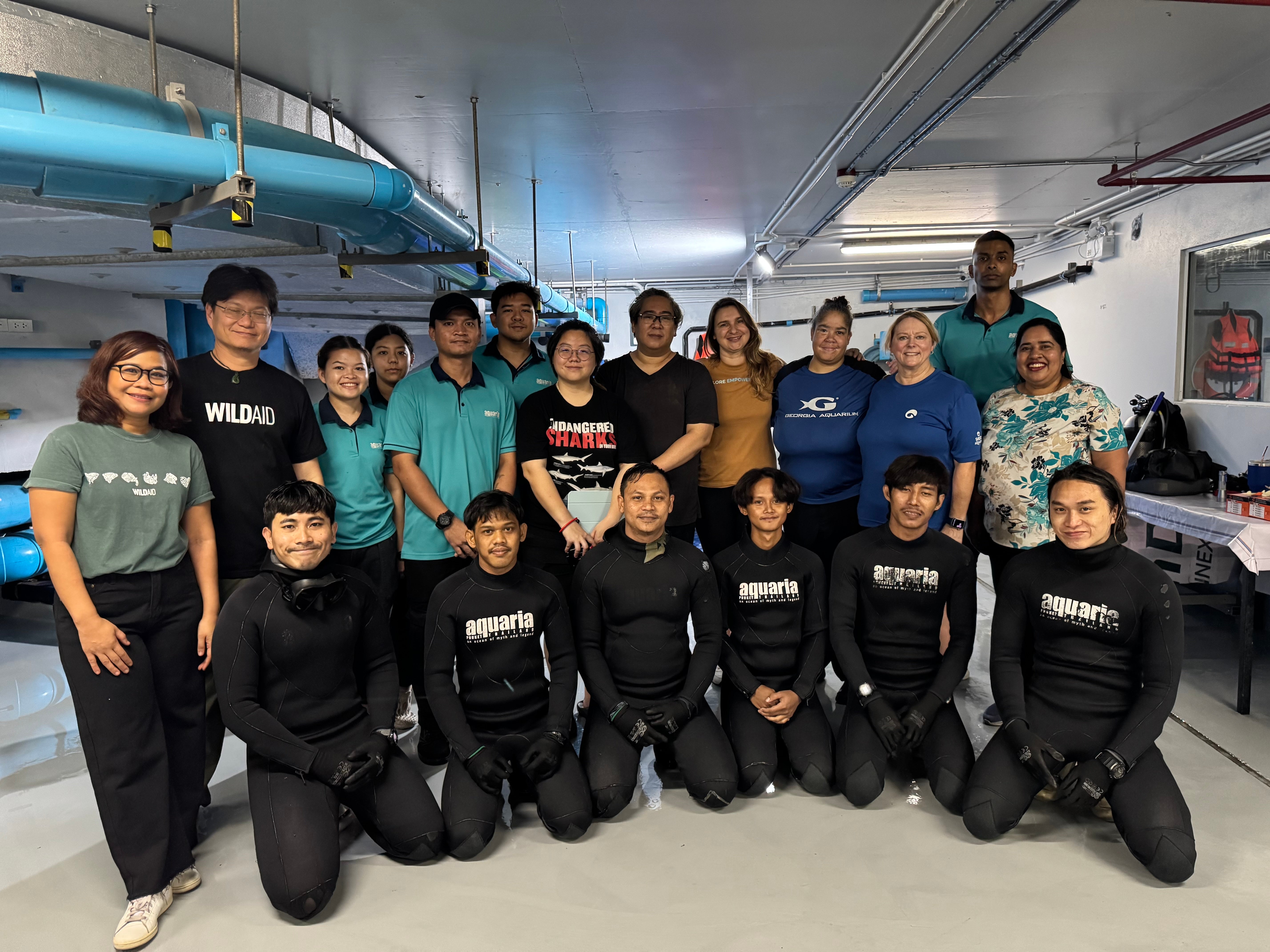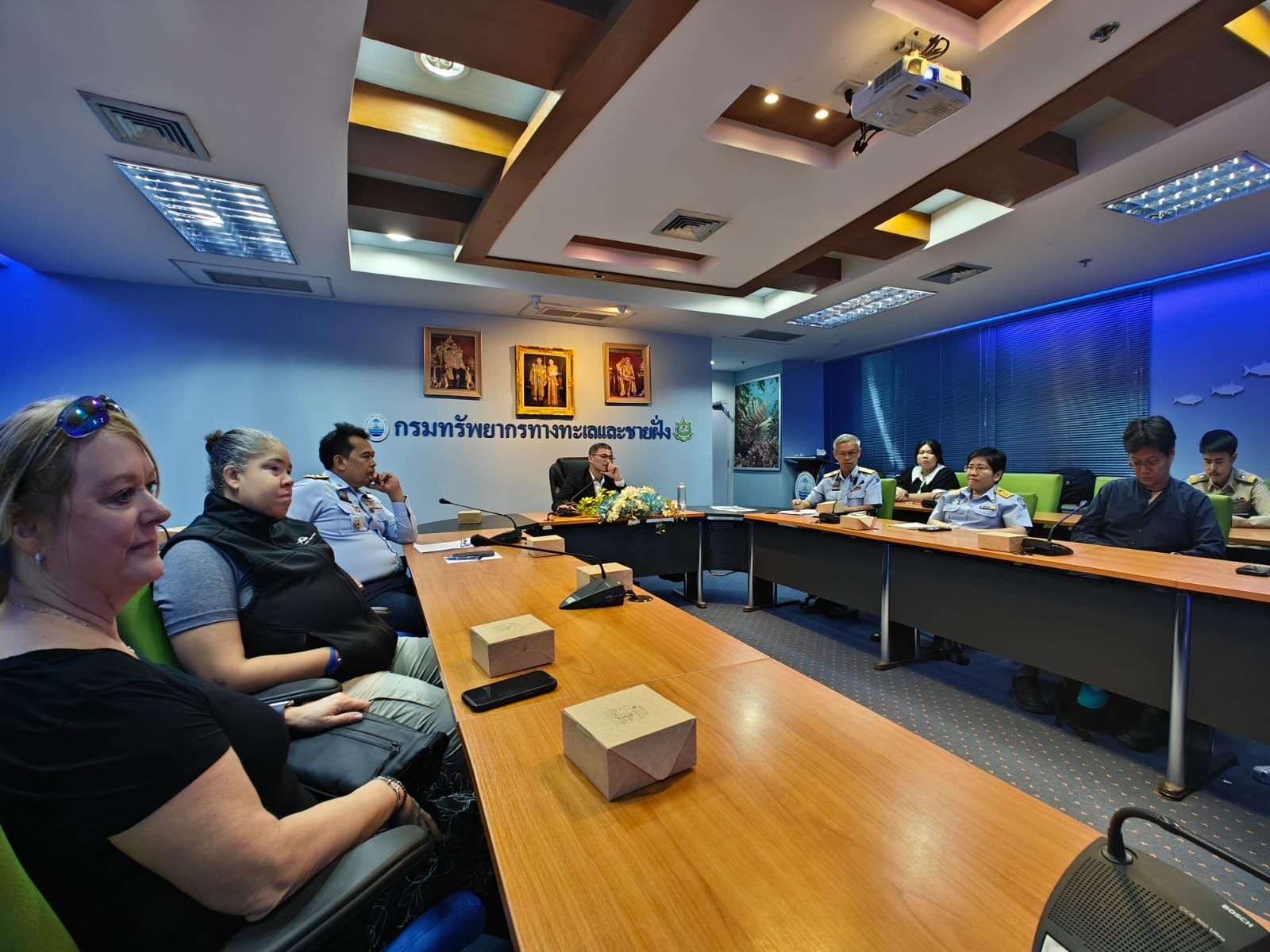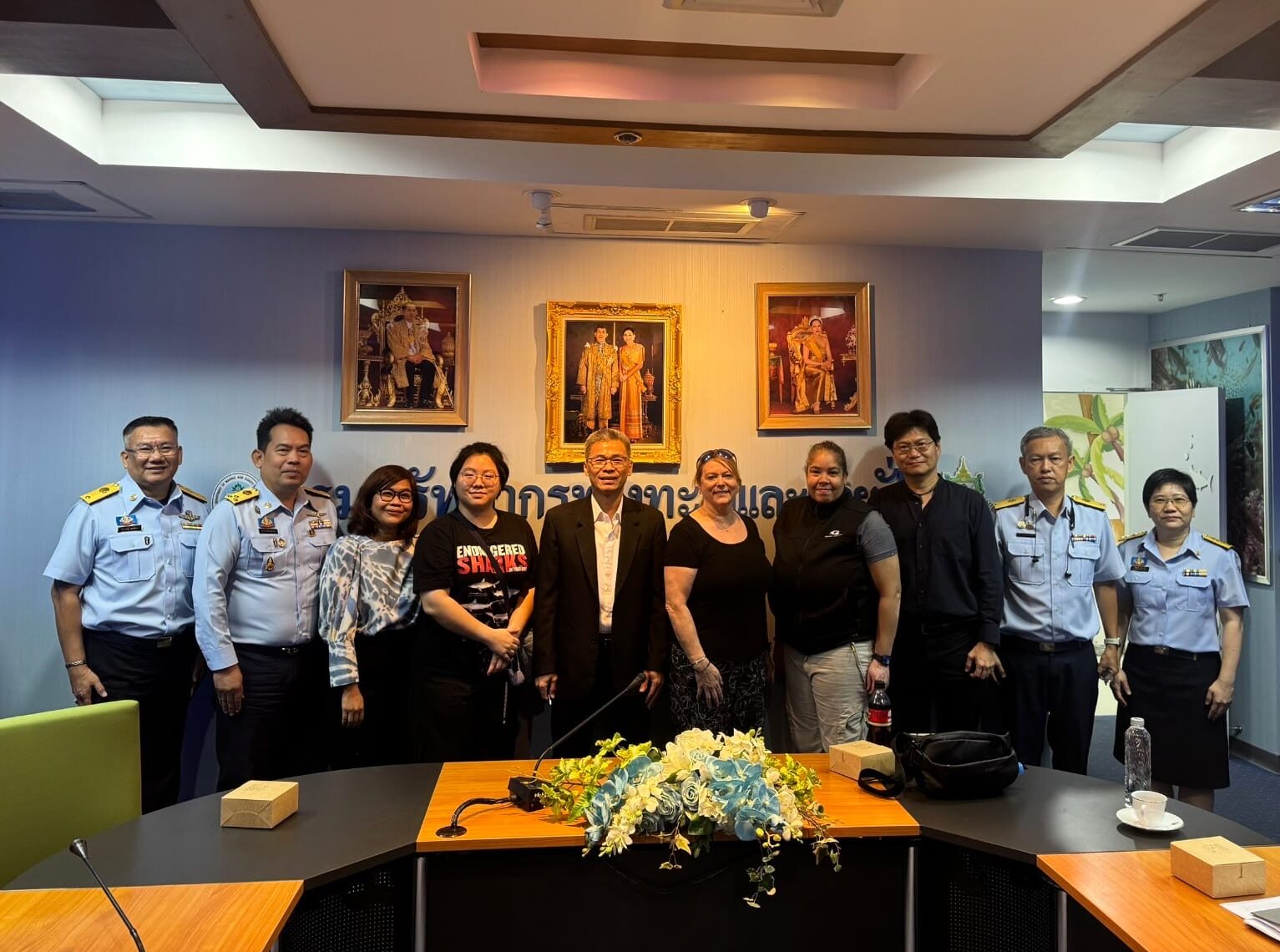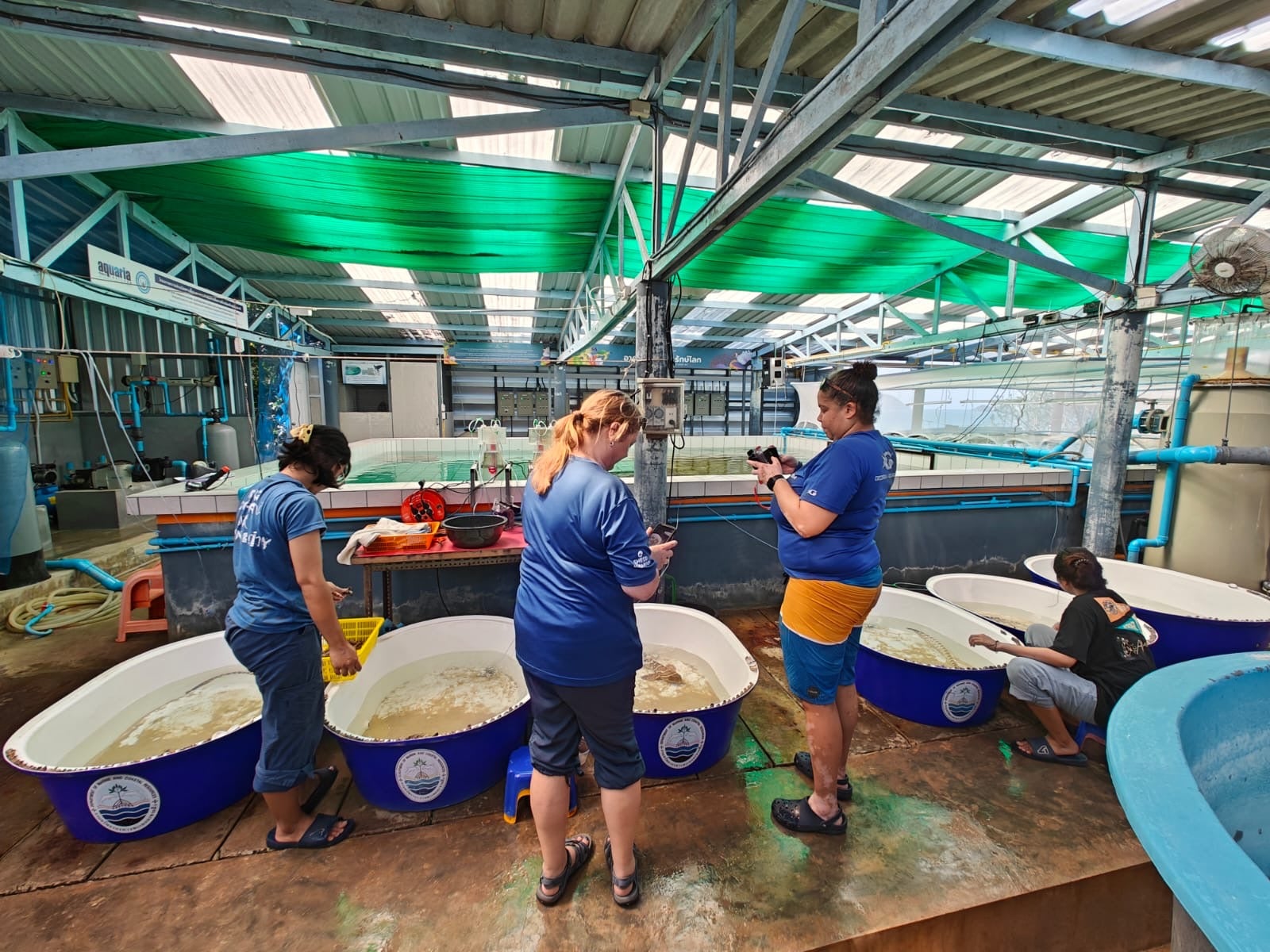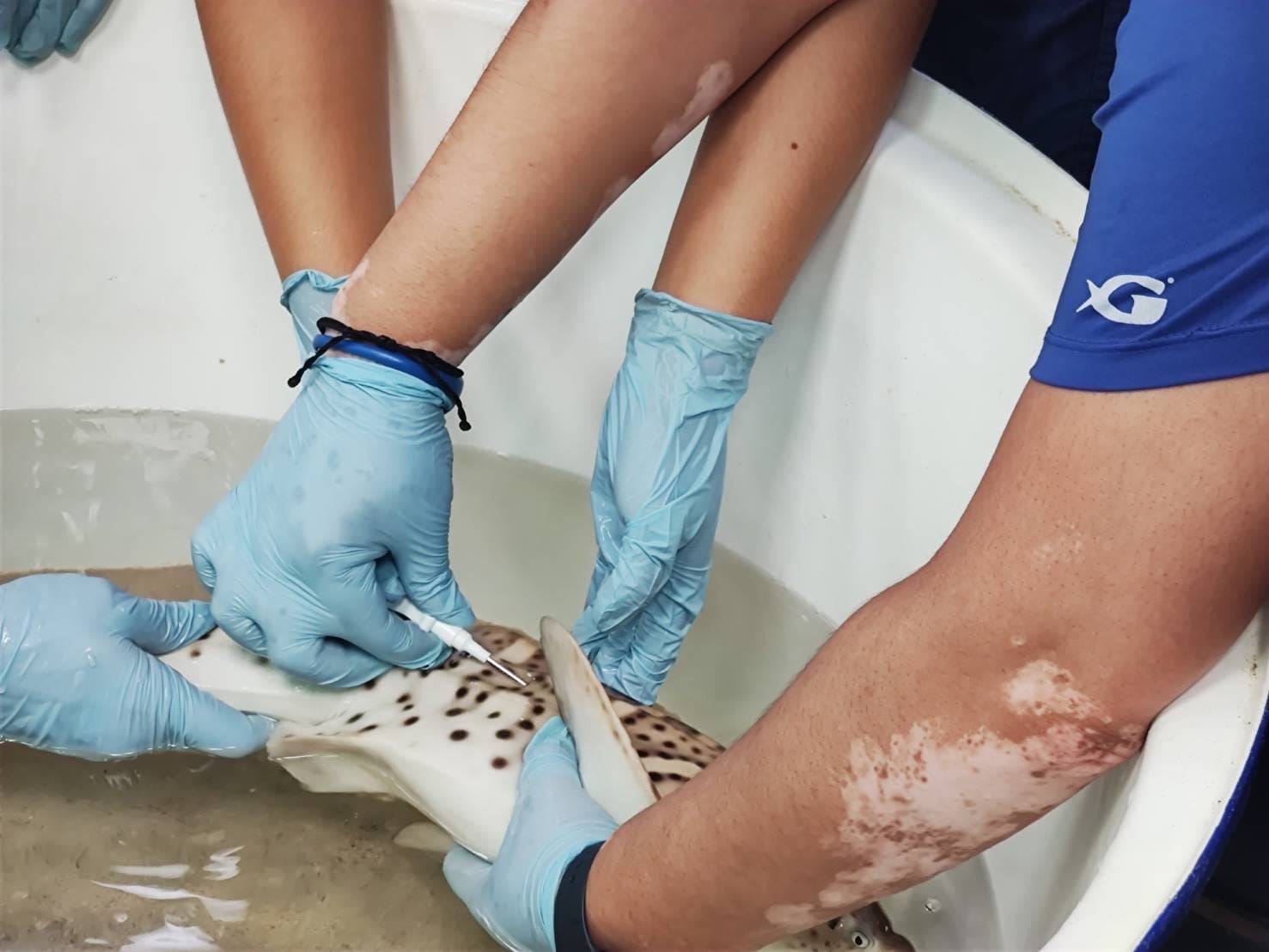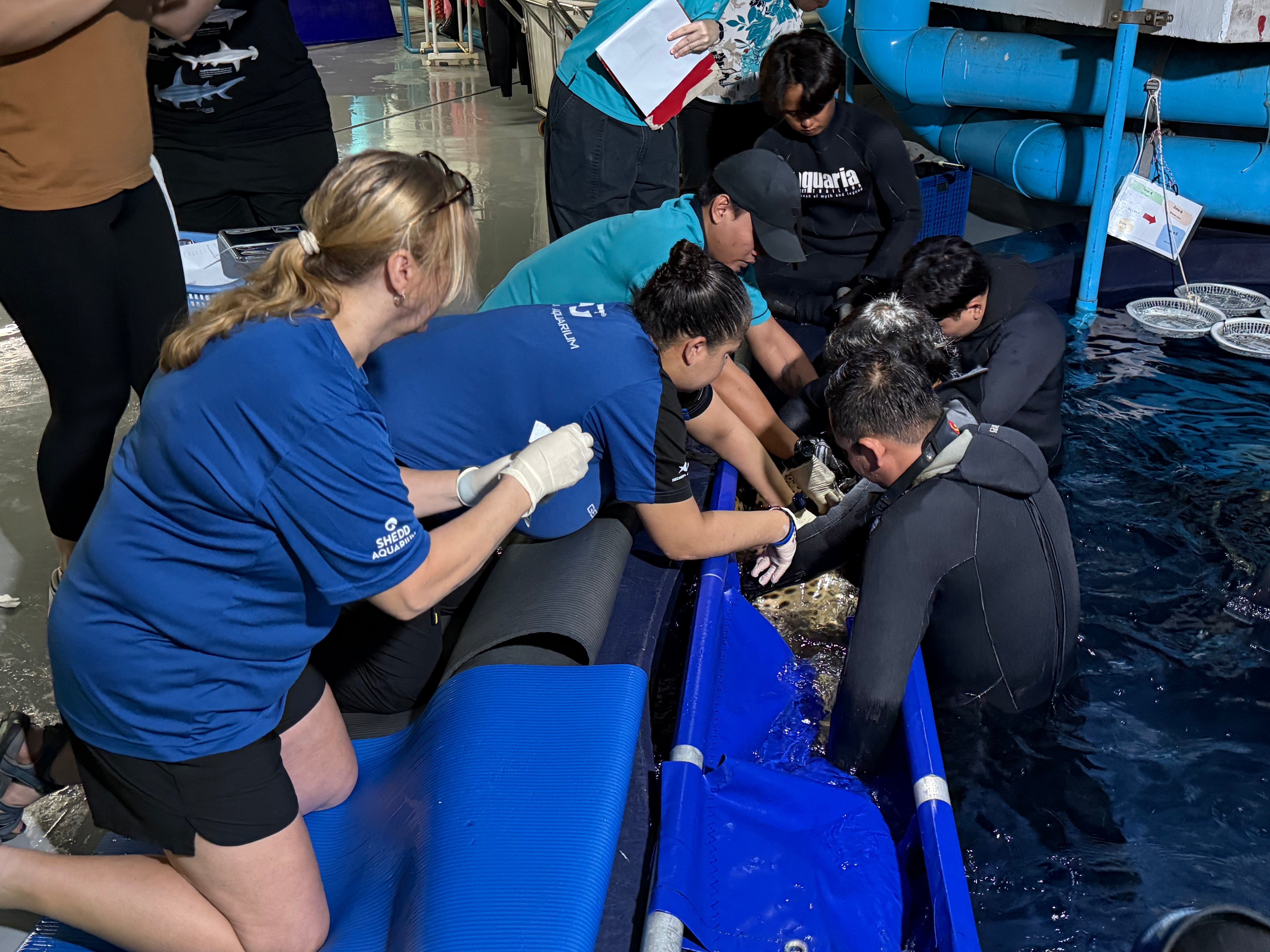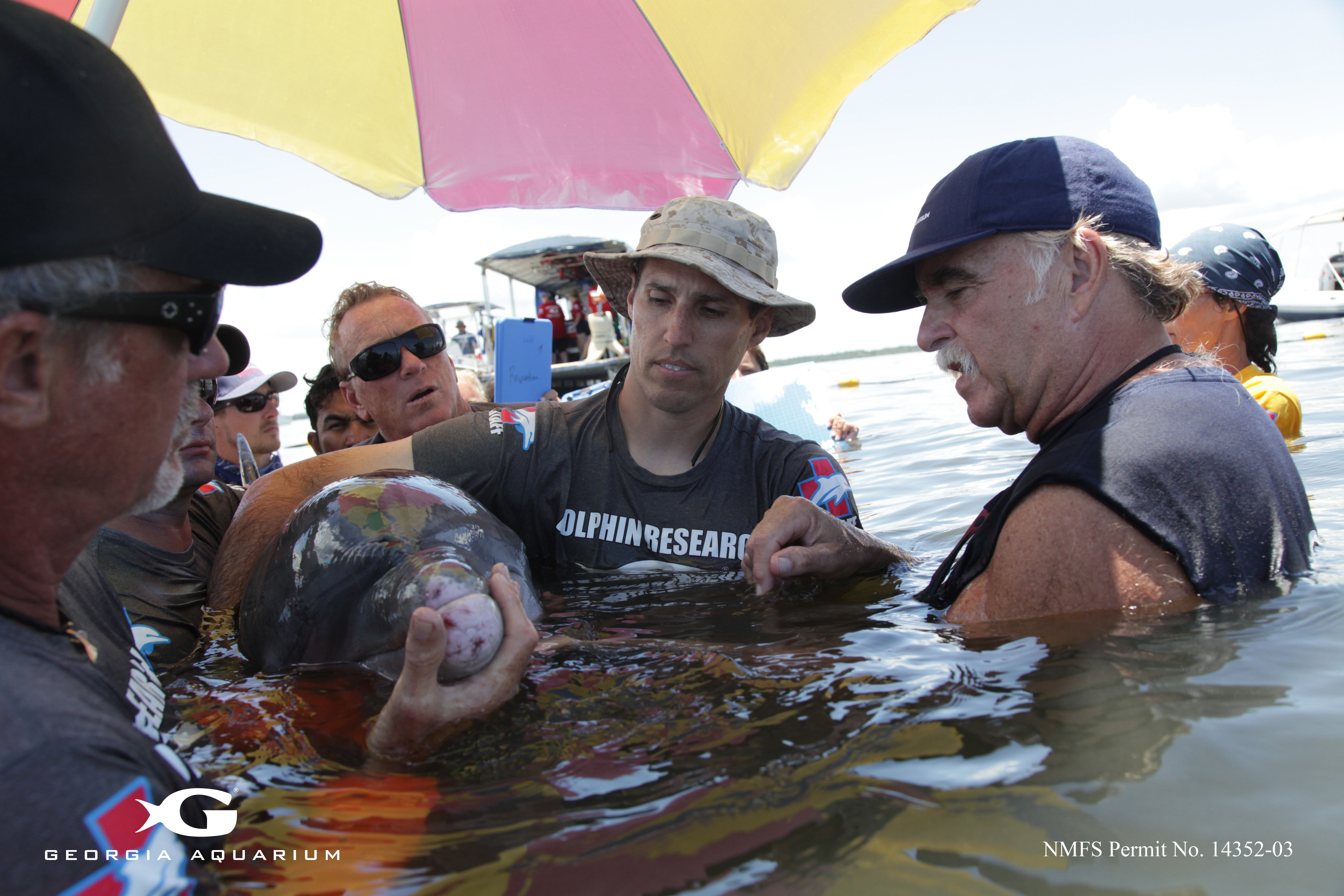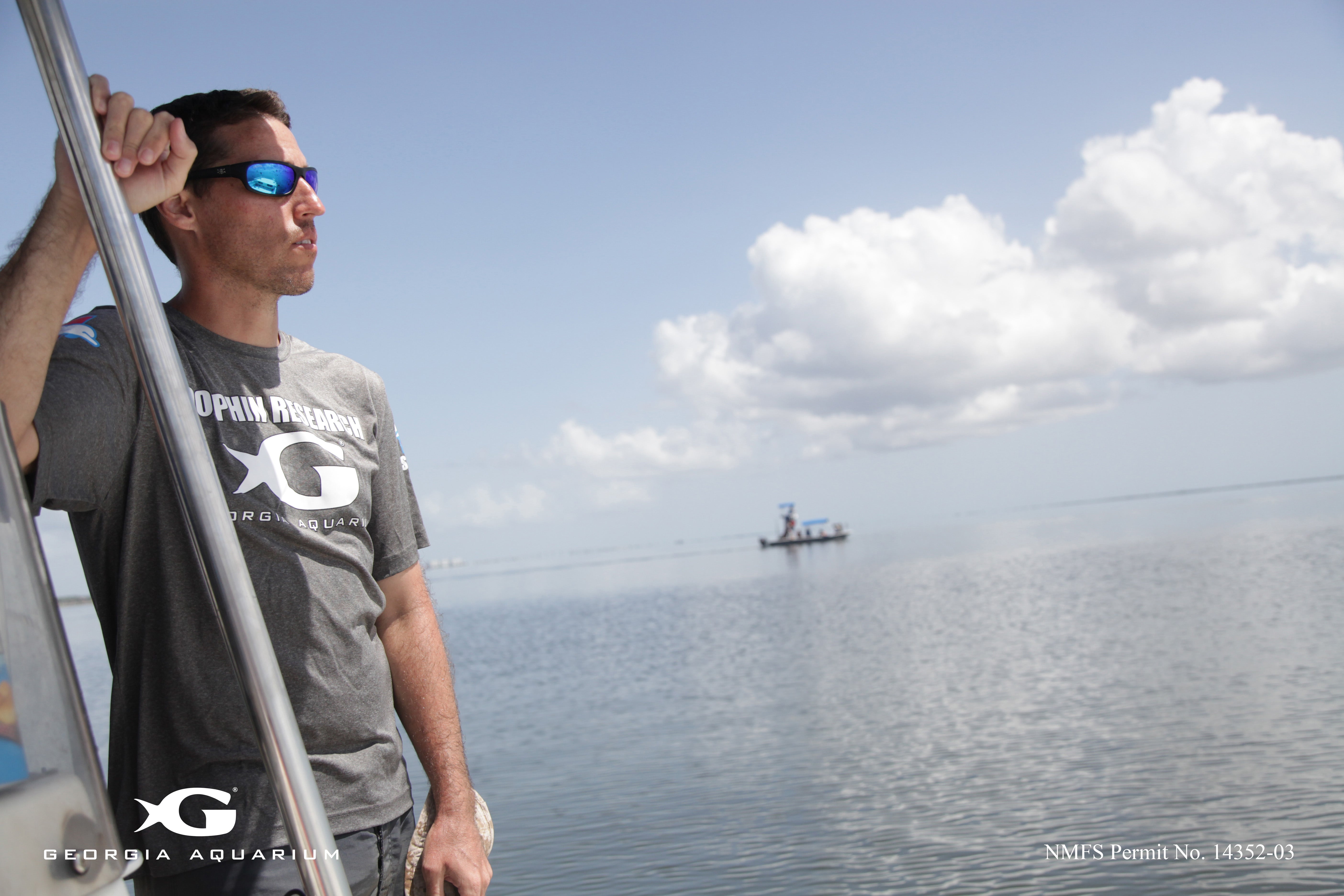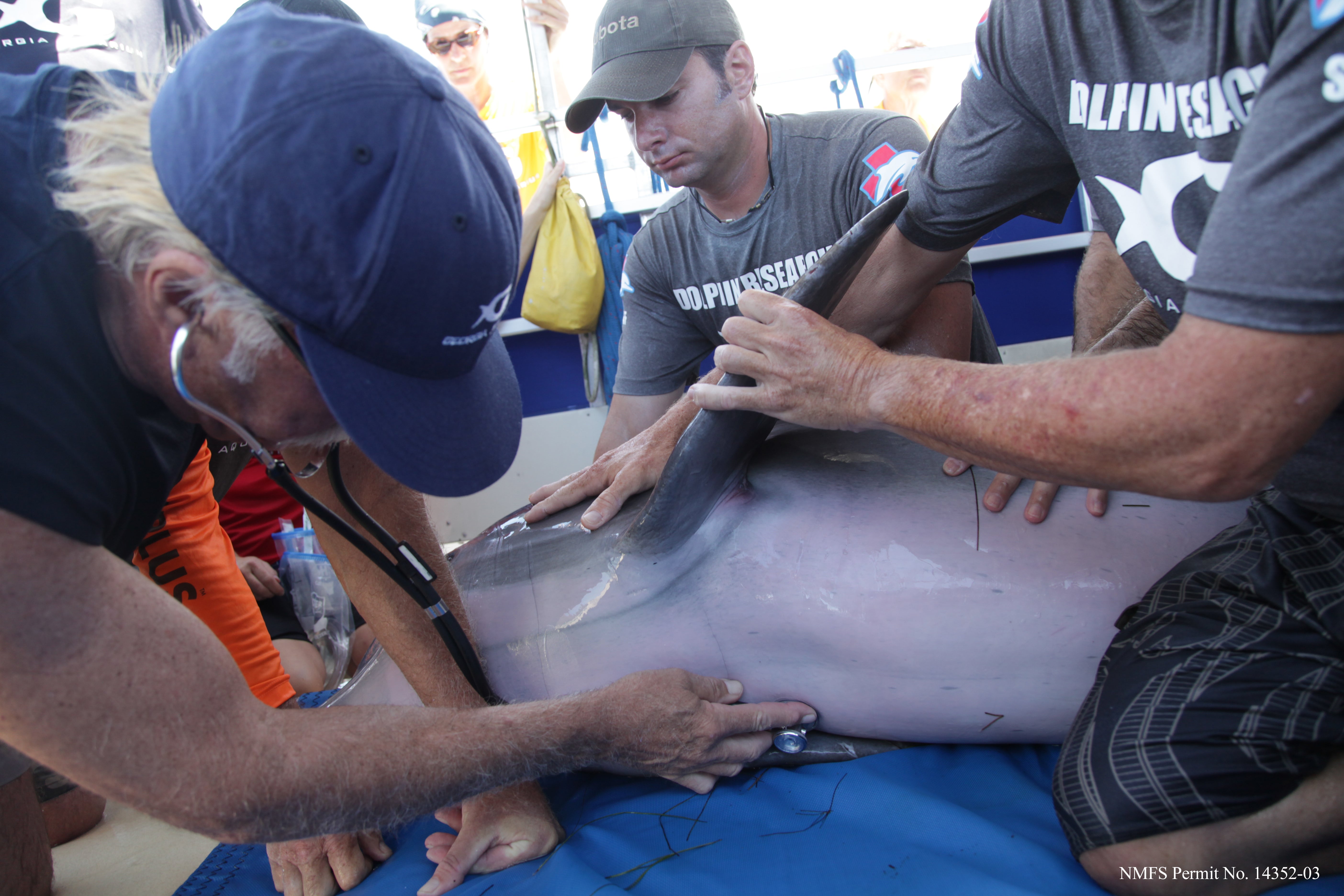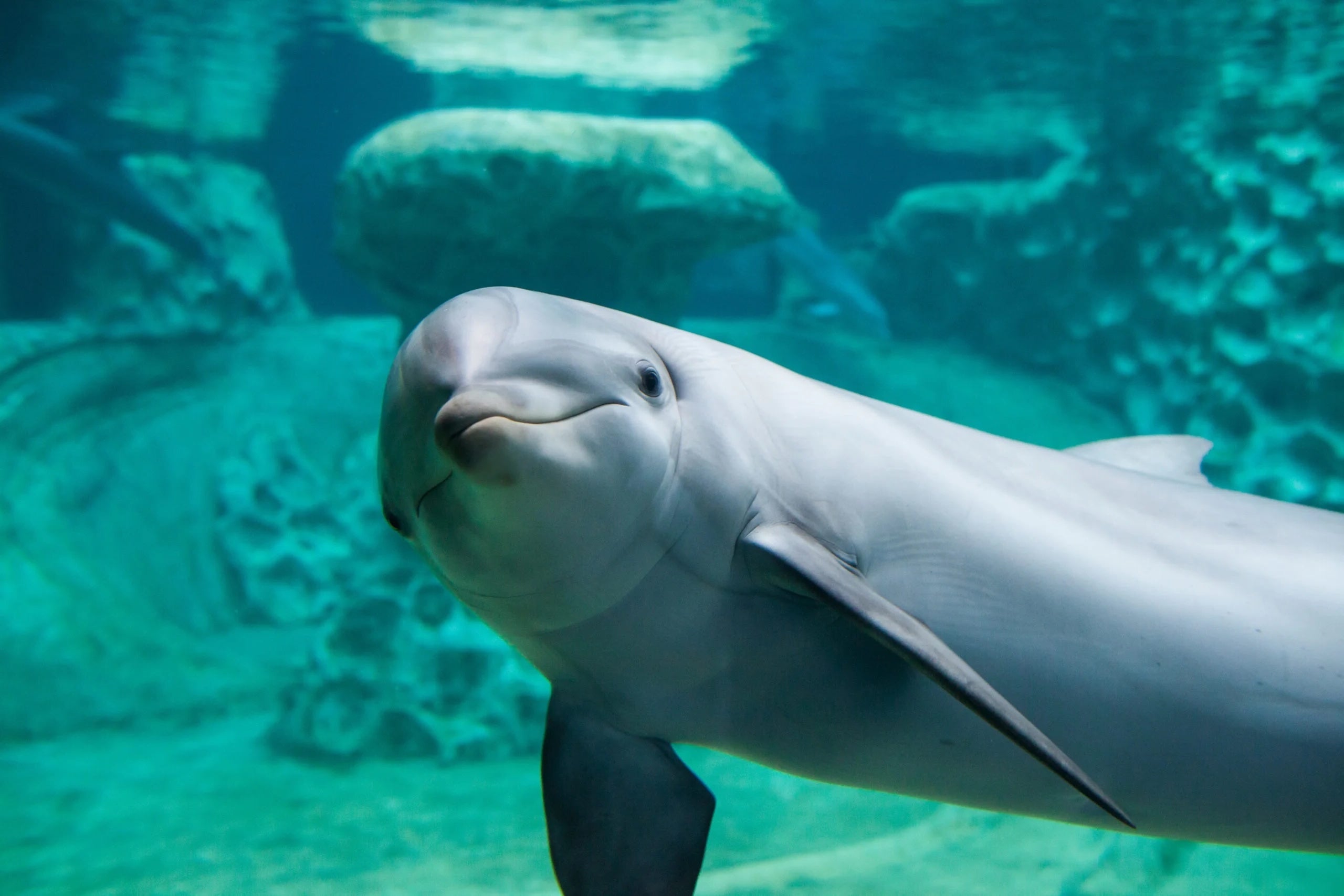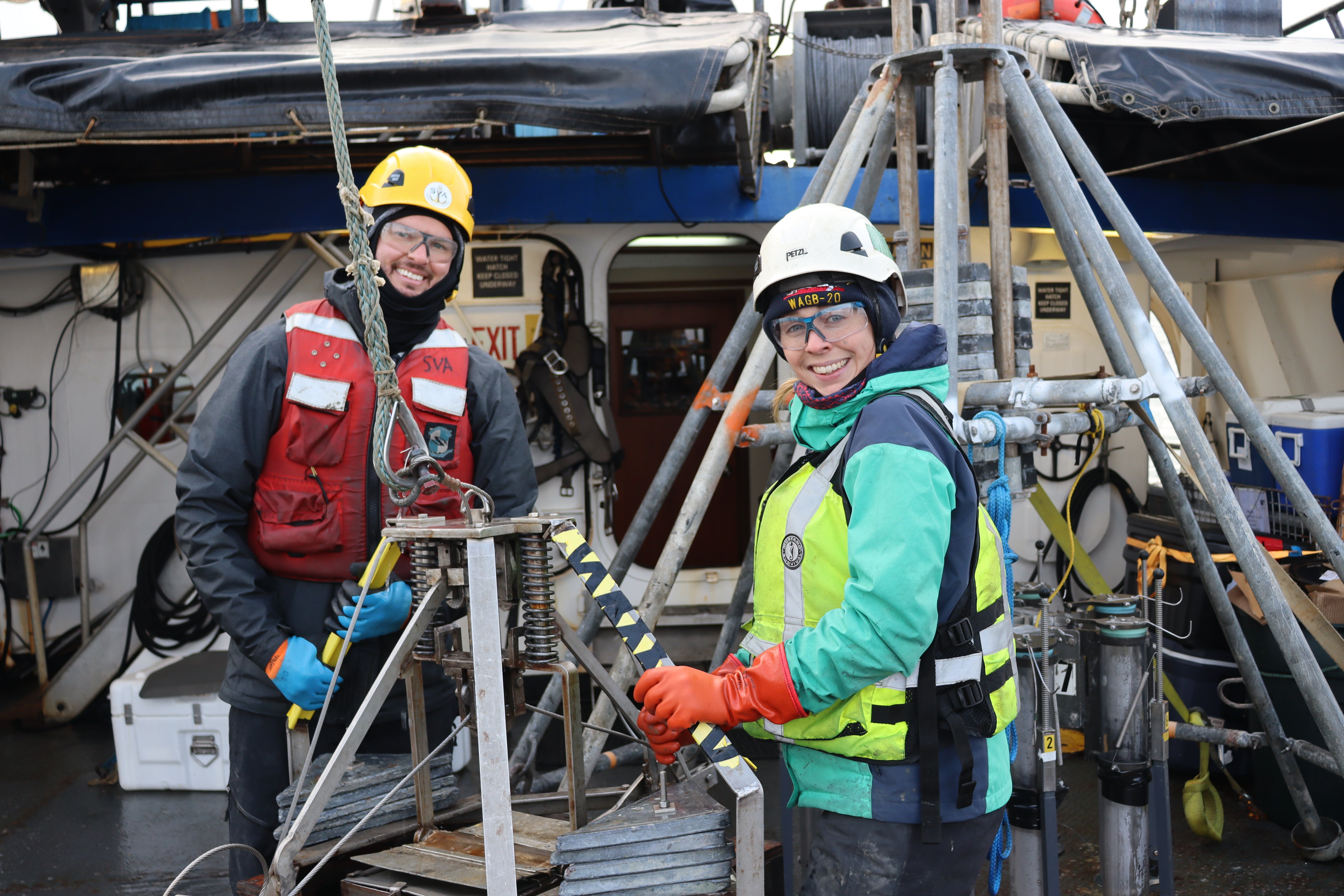Every update to the International Union for Conservation of Nature (IUCN) Red List is a snapshot of our planet’s health — where conservation is working, where it isn’t yet and where action can’t wait. The newest update delivers both good news and hard truth: green sea turtles have improved globally after decades of protection, while multiple Arctic seal species have moved closer to extinction risk as sea ice vanishes.
Conservation works: The green sea turtle rebound
The IUCN reports that the global green sea turtle population has rebounded enough to improve its Red List status. This is an achievement built on long-term safeguards like beach protection, nest monitoring, bycatch reduction and coordinated rehabilitation. It’s a reminder that when science, policy and communities pull in the same direction, wildlife can recover.
At Georgia Aquarium, we see this story up close. Our teams care for cold-stunned sea turtles, often juveniles swept into sudden cold snaps, providing the heat, space and expert veterinary support animals need to regain strength and return to the ocean. Over the past five years, we’ve taken in over 40 cold-stunned sea turtles, each one a step toward protecting a species still at risk in U.S. waters.
Green sea turtles benefit from a broad network of facilities that provide recovery and release. Loggerheads, however, remain endangered and—due to their size and specialized care needs—are supported by far fewer centers nationwide. That gap is exactly where Georgia Aquarium leans in. We’re increasing investment, we’d expanded space, and we have dedicated capacity to receive, rehabilitate, and return loggerhead turtles to the wild. Our goal is simple: accelerate recovery so that loggerheads can move off the endangered list.
Recovery takes decades and continued vigilance. Even as green turtles improve globally, local populations can face boat strikes, entanglement, habitat loss and climate-driven cold-stunning. Your support keeps the arc of recovery bending in the right direction.
A cautionary tale: Arctic seals on thinner ice
The same Red List update highlights a different trajectory in the far North. Three Arctic seal species shifted to higher risk categories due to shrinking sea ice, critical habitat for breeding, resting and feeding. Specifically, hooded seals are now Endangered, while bearded and harp seals are listed as Near Threatened, underscoring the speed at which climate change is reshaping Arctic ecosystems.
Georgia Aquarium is investing in Arctic research for precisely this reason. It’s not just sea ice we need to worry about—warmer Arctic waters can fuel harmful algal blooms that produce deadly toxins, adding new biological threats on top of habitat loss. Our research scientist Dr. Patrick Charapata and collaborators study how these warming conditions enable toxic blooms to creep north, introducing new risks into marine food webs relied upon by wildlife and Indigenous communities. Recent work examines toxin exposure pathways in species such as walruses, helping anticipate health impacts in a rapidly changing sea.
In the Arctic, climate change isn’t abstract. It is habitat loss measured in miles of missing ice and new biological threats expanding with warmer water. Science here is an early-warning system, and action anywhere that reduces carbon emissions helps protect life everywhere.
How aquariums support wildlife rescue and research
Public aquariums are uniquely positioned to turn concern into capacity: trained teams, purpose-built facilities and partnerships that move animals and knowledge where they’re needed most. At the same time, our scientists contribute to peer-reviewed research and multi-institution collaborations through IUCN’s Species Survival Commission networks and other programs.
That mix matters. Rehabilitation returns individual animals to the wild today. Research and policy partnerships help ensure those animals still have places to live tomorrow.
How you can help right now
- Leave beaches turtle-safe. Knock down sandcastles, fill in holes and flatten ruts before you leave. These obstacles can block nesting females and trap hatchlings on their way to the ocean.
- Keep it dark near the shore. If you live or stay near a beach, turn off (or shield) outdoor lights at night. Artificial light can disorient hatchlings, who navigate by the moon’s glow over the water.
- Fish and play responsibly. Pack out fishing line, nets and plastic – entanglement is a serious risk for sea turtles and other wildlife.
- Boat with wildlife in mind. In turtle and manatee zones, follow local “turtle-friendly” guidance: idle near shorelines and inlets, keep a sharp lookout and avoid disturbing resting or surfacing animals.
- Report animals in distress. If you see a stranded, injured or entangled sea turtle, contact your local stranding network or wildlife hotline immediately.
- Support the science. Donations and memberships fuel Georgia Aquarium’s rescue work and Arctic research, including studies that guide practical protections for seals, walruses and other ice-dependent species. Donations are tax-deductible.
- Make climate-smart choices. From energy efficiency at home to supporting policies that lower emissions, everyday actions ladder up to safer seas for Arctic and temperate wildlife.
The new Red List is both a celebration and a call to action. Green sea turtles show that conservation works when we commit for the long haul. Arctic seals remind us that the work is urgent, and the window is now. At Georgia Aquarium, we’ll keep doing what we do best: pairing world-class animal care with rigorous science on our coast and in the Arctic so the next Red List snapshot shows more species on the road to recovery.


